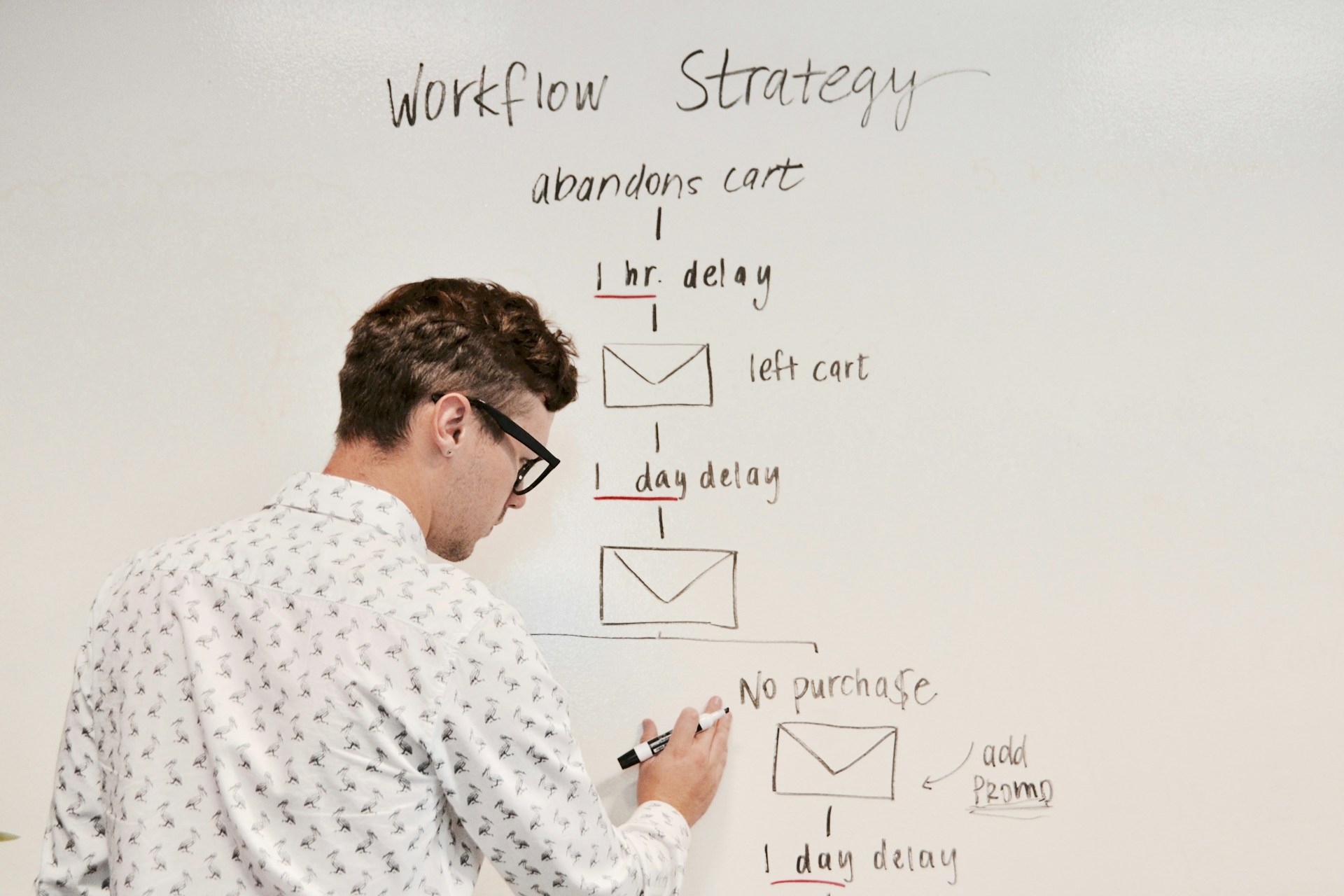
The Power of Email Retargeting: Strategies for Re-engaging Subscribers
Email retargeting has emerged as a powerful strategy for re-engaging subscribers and driving conversions. Despite the proliferation of new marketing channels, email remains a cornerstone of effective communication. By leveraging email retargeting, businesses can reconnect with subscribers who have shown interest but haven’t yet converted. This article explores the strategies and best practices for successful email retargeting to help you maximize your engagement and conversion rates.
Understanding Email Retargeting
Email retargeting involves sending targeted emails to subscribers based on their previous interactions with your brand. This could include website visits, abandoned shopping carts, or previous email engagement. The goal is to remind these subscribers of their interest and encourage them to take the desired action.
Why Email Retargeting Matters
Email retargeting is crucial for several reasons:
- Increased Conversion Rates: Retargeted emails are more likely to convert because they target individuals who have already shown interest in your products or services.
- Personalized Engagement: Tailored messages based on user behavior can significantly enhance the relevance and impact of your emails.
- Cost-Effective: Email marketing, in general, offers a high return on investment (ROI), and retargeting can boost this by targeting a warm audience.
- Enhanced Customer Journey: Email retargeting helps guide subscribers through the sales funnel, ensuring they don’t fall off before making a purchase.
Key Strategies for Effective Email Retargeting
1. Segment Your Audience
Segmentation is the foundation of effective email retargeting. By dividing your subscriber list into smaller segments based on behavior, demographics, or engagement levels, you can tailor your messages to resonate with each group.
Behavioral Segmentation
Segment your audience based on their actions, such as:
- Website Visits: Target users who visited specific pages or products.
- Abandoned Carts: Reach out to subscribers who added items to their cart but didn’t complete the purchase.
- Previous Purchases: Send follow-up emails with related products or special offers.
Demographic Segmentation
Consider factors like age, gender, location, and occupation to create more personalized campaigns.
2. Craft Compelling Subject Lines
The subject line is your first impression and determines whether your email gets opened. Make it engaging and relevant to the recipient’s previous interactions. Consider using urgency or curiosity to entice opens.
Examples
- “Don’t Miss Out on Your Items!”
- “Exclusive Offer Just for You”
- “Come Back and Save 20% on Your Cart”
3. Personalize Your Content
Personalization goes beyond using the recipient’s name. Tailor the content of your email to reflect their interests and behaviors. For instance, if a subscriber viewed a particular product, include it in the email with a special discount or related product recommendations.
4. Utilize Dynamic Content
Dynamic content allows you to change elements of your email based on the recipient’s data. This can include product recommendations, personalized offers, or location-specific information. Dynamic content ensures that each subscriber receives a unique and relevant email.
5. Implement Automated Workflows
Automation is key to efficient and timely email retargeting. Set up automated workflows to trigger emails based on specific actions, such as:
- Abandoned Cart Reminders: Send a series of emails to remind users of their unfinished purchase.
- Browse Abandonment: Target subscribers who browsed products but didn’t add them to their cart.
- Post-Purchase Follow-Up: Engage customers after a purchase with related product suggestions or a thank you message.
6. Test and Optimize
Continuous testing and optimization are crucial for improving your email retargeting campaigns. A/B testing allows you to compare different elements of your emails, such as subject lines, images, and calls to action (CTAs), to see what resonates best with your audience.
Metrics to Monitor
- Open Rates: Measure the effectiveness of your subject lines.
- Click-Through Rates (CTR): Assess how engaging your email content is.
- Conversion Rates: Determine the success of your email in driving the desired action.
- Bounce Rates: Monitor the quality of your email list.
7. Comply with Privacy Regulations
Ensure your email retargeting efforts comply with privacy regulations like GDPR and CAN-SPAM. Obtain explicit consent from subscribers and provide clear options for opting out of your emails.
Real-World Examples of Email Retargeting Success
Case Study: Abandoned Cart Recovery
A leading e-commerce company implemented an abandoned cart email sequence consisting of three emails:
- First Reminder: Sent 24 hours after cart abandonment, featuring the abandoned items and a subtle reminder.
- Second Reminder: Sent 48 hours later, offering a small discount to encourage purchase.
- Final Reminder: Sent 72 hours later, emphasizing the urgency and limited stock.
This strategy resulted in a 15% recovery rate of abandoned carts and a significant increase in revenue.
Case Study: Personalized Product Recommendations
An online retailer used email retargeting to send personalized product recommendations based on browsing history. By leveraging dynamic content, they were able to showcase products relevant to each subscriber’s interests, resulting in a 20% increase in email engagement and a 10% boost in sales.
Conclusion
Email retargeting is a powerful tool for re-engaging subscribers and driving conversions. By segmenting your audience, personalizing your content, and utilizing automation, you can create effective email retargeting campaigns that resonate with your subscribers. Continuous testing and optimization will ensure your efforts yield the best results. Embrace the power of email retargeting to reconnect with your audience and achieve your marketing goals.


